In 1994, I was one college class short of having a minor in history. The professor allowed me to do an independent study and write a thesis about Oklahoma during the Great Depression.
After some research, I decided to do oral interviews of people who remembered living through the 1930s. I set up a group interview at Tealridge Manor, a retirement center hosted by Oklahoma Christian University. I also talked to both my grandmas, Edna Eades and Myrtle Davidson, and they shared some wonderful stories. I’m so glad to have their words preserved. My mom, Phyllis, also shared insight and memories as a child born to parents who lived through the depression.
I’m so thrilled to have this written record—and when I found it buried in a file cabinet recently, I decided it needed to be shared. Although this is different than what I usually post, I’d love it if a descendant of one of these people might find this paper and read the words of their ancestor–maybe stories they’ve never heard before. ~Amy
“I Never Thought They Were the Good Old Days”
Memories of Life During the Depression in Oklahoma
By Amy Dee Smith, November 1994

My great grandparents holding my grandfather, Garvin Davidson, in 1921. Just a decade later this family would live through the Great Depression in Oklahoma.
Table of Contents:
- What We Take for Granted
- Living Without Luxuries
- Living Without Food
- Living With Sickness
- Living With and Without Animals
- Dust Bowl Dilemma
- Why the Storms Came
- Keeping Dirt Out
- Dust Bowl Doozies, The Big Storms
- The Migration Situation
- In Oklahoma I Busted, In California I Trusted
- Relief Programs
- Governmental Assistance
- Enjoying “Depression”
- A Guide to Inexpensive Entertaining
- Dust Bowl Funnies
- Ending
- Bibliography and Sources
I Never Thought They Were the Good Old Days
“I never thought they were the good old days.”
Most Oklahoman’s who lived through the nineteen thirties agree with the sentiments of Myrtle Davidson (my paternal grandmother) from Cement, Oklahoma. Economic challenges, compounded by environmental changes, caused double hardship for a majority of Oklahoma families. The label of “lower class, middle class and upper class” disappeared; everyone was in the “poor class.” Although the Oklahoma panhandle faced the most difficult challenges with the dust storms, every family felt the impact of the depression.
Living Without Luxuries
Oklahoma people from the twenties and thirties learned to live with a lower standard of living. Today’s society is often accused for not appreciating what we do have. These people did without many things that we take for granted today.
Maurietta J. Patterson lived in a shanty in Cleveland, OK, and shared it with animals. They had a borrowed divan which made into a bed. They had no table, chair, hardly any dishes or silverware, scarcely anything to cook in, no towels, clothes, money or anything else. “After getting an emergency government wheat loan on the crop, a government permit to get building material, and a gift from friends, we planned a house on a paper napkin as we drove to purchase materials. The time living in that makeshift place was pure horror, so moving into our unfinished house was delightful.”
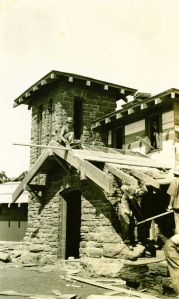
In 1933, Roosevelt appoint young men as “soil soldiers” to begin to repair the damaged landscape. Workers also built many community structures at parks. This photo used with permission from the OKC Zoo Historical Archive, 1935.
Phyllis Davidson (my mother), native of Blue, OK, and daughter of Edna Eades recalls that her grandmother, Nanny Duncan, reused her dishwater in Chandler, OK. She would put it under the sink until the next washing. “I don’t know how we kept from getting more sick back then. We didn’t have no soap, and after we washed dishes, we could just wring the grease out of the dish rags,” said Edna Eades.
What are considered necessities today were considered luxuries back in the thirties.
“We had no Chapstick back then. Kids used to go around with a red ring around their mouths where they had licked their lips. Daddy would tell us to put ear wax on our lips. I’m not sure if it was to help our lips, or because it tasted so bad that we wouldn’t lick them,” said Phyllis Davidson. “We didn’t have hand lotion or Kleenexes; things we take for granted today. I remember one time we found a bottle of hand lotion real cheap, so we got it. It sat around until it turned sour. We felt like it was the only lotion we had, and it had to last for the rest of our lives, or that we had to save it for company.”
“I think people from our generation are awful pack rats. We didn’t have much, so we were very careful with what we did have,” said Myrtle Davidson.
“That may be the reason it is hard to spend money. I think your raising had an effect on how you are through the rest of your life,” continued Edna Eades. It is hard for her to get rid of old clothes because, “They’re perfectly good clothes, they just don’t fit anymore.”
Phyllis Davidson remembers cleaning through her mother’s closet a few years ago. “We found several electric blankets in there that she’d received for Christmas; all of them were unopened. She said that she was afraid of those new electric things, plus she was saving them in case someone came over.”
Lois Marshall of Sayre, OK, feels like rough times made better people. “Now when we get something, we appreciate it and make a dollar go a long ways. Some people may call us stingy but the thirties made us that way.”
Living Without Food
Food shortage was a common problem for Oklahoma families. Ida Stevens, a school teacher in Cromwell, OK, remembers going home and crying because she knew her children were hungry. “I told the children to bring a bowl and spoon to school. My mother and I cooked a pot of stew for them. We went to the school board and asked for apples and oranges–apples one day, oranges the next–every other day. The principal went to the President of the board to ask if they would, and they did. From them on we did it until the children could bring their own.”
A teacher from Elmore City, Fan Joe Potts, had similar experiences. Her children liked cornbread, so she told them, “Bring cornbread in your school lunch tomorrow and I’ll bring beans.” She would then cook the beans on a pot-bellied stove in the classroom.
Dr. Richard Lowitt, historian, blames food as the original cause of the depression. According to him, over-production and under-consumption was the problem that ushered in economic failure. Women were largely responsible for this because when the flapper style became popular in the 1920s, women began dieting, lowering food consumption. (9)
Food became short for people and livestock. “The government shipped in hay by the cartloads, and the men lined up for their quotas. Then the government started giving out commodities, which gave people something to eat. Schools began receiving canned meat, and children would bring a few vegetables, mostly potatoes, and the hot lunches were born. We got an old coal oil stove and someone brought a wash boiler in which we cooked our stew,” said Thelma Bemount Campbell of Woodward, OK.
“There was the lunch the government gave us at school. We had two cups, one for soup and the other for wheat pudding, which sometimes had raisins in it. We were very thankful for the warm food,” said Lois Marshall.
Many kind-hearted families shared what little they had, such as the family of Ernestine Scoggins of Tulsa, OK. Her dad got up early in the morning to get helpers for the farm, people without jobs. “This is the good way mamma and papa carried it out. Negroes stood by the mailbox waiting. Dad would take about ten. The wives of these men loved to help mamma cook. She did not skimp on their food, either. They had the same thing we did, and my mother had seven kids of her own.”
Juanita Kemena recalled her father’s concern for the hungry as well. He was working at a building job. At lunch, he and the other workers noticed that one man ate his sack lunch in the corner by himself. They went to find out why, and all he had was “a boiled or baked potato, then he saved the peelings for his lunch for tomorrow.” The men took up a collection for him that day.
Some families found themselves so hard up that they turned to stealing food. Ida Stevens relayed one story of a man going into her father’s general store. The man was poor, but he filled a sack full of groceries. “It come to almost twenty dollars. The man said, ‘I can’t pay you, but if you try to take it from me, I’ll fight you.’ The man left with the groceries, but later he sent a check for thirty dollars after he got a job somewhere.”
Some Oklahomans didn’t have such trouble finding food. Farmers with land in the southern parts of the state, away from the dust bowl, were able to provide good food for their families. According to Edna Eades and Myrtle Davidson, they weren’t effected much by the depression.

My grandmother, Myrtle Roberson Davidson was born in 1930, so the Great Depression effected her entire childhood.
“We were basically self-supporting and we grew our own food. We saved our own corn seeds. Nowadays, they use this hybrid seed that you can only use one year. We’d gather our crop, then get out and help other people for money to buy our clothes,” said Edna Eades. “Often we read in the paper about how other people were in soup lines, but it’s not much different than today with the Jesus House and all those places.”
“Except everyone did it back then, except farmers,” added Myrtle Davidson.
However, farmers in the panhandle had problems with growing crops. According to Allen A. Aaron of Woodward, OK, it rained less than five inches during a three year period. “Pastures were ruined. The wind had blown the soil away from the grass roots and finally the plants themselves were blown out of the ground. The fields were just mounds of blowing dirt without a plant of any kind alive as far as we could see in any direction.”
“In the last of March 1935, we had a duster which destroyed most of the wheat crop in Nebraska–half of it in Kansas and a fourth of it in Oklahoma,” said Maurietta Patterson. “It had so much static electricity that it burned the wheat to a crisp brown before it continued all the way to the Atlantic Ocean.” She remembers that the food they did eat had to be consumed carefully. Paper towels were laid on the plates at dinner time. When a bite was eaten, the paper cloth was lifted quickly, then put back down before the dust could get on the food.
Canned food was a staple diet for many families. Troubled farmers relied on the food saved from past crops. Canned food even posed difficulty. Ernestine Scoggins remembers canning peaches that weren’t fit to can. “They were more like dried peaches, grown after only one rain on them, but nobody ever complained about eating them.”
For the most part, people in need were assisted by friends and neighbors, although Myrtle Davidson does remember one case otherwise. One of the richer farmers was trying to sell a crop of potatoes, but he had them priced so high that no one could afford them. “He got mad, and instead of helping all the hungry people, he dumped the whole bunch in the river and ruined them all.”
The government did develop a system to help out the hungry. Food stamps, or rations books were born on March 13, 1939. For some people, this and the soup lines were the only hope for being fed.
Living With Sickness
Disease was a large problem and a great fear of early Oklahoma people. Medical technology was limited and costly. Lack of food, poor sanitation, and exposure to the elements all contributed to the problem of illness. Infancy death rate was high, and dust suffocation was prevalent. Lola Moor Long felt lucky to have even made it. “I started life in a dust storm. When it was time to make my arrival, it came up a dust storm. Mom was scared to death. My dad took her down into a half dugout– half a house and half a dugout–and that’s where I was born.”
Children braved the element when walking to school. Stories of getting lost because the dust was so thick, and walking backward so that the sand would not sting their faces were common. Winter time posed other hazards. Fan Joe Potts remembers her students coming to school frozen. “Kids who rode horseback to school would be frozen when they got there. It took the first half of the day to thaw their feet out.”
“I remember putting cardboard in my shoes to keep out the cold snow, and making sure I kept my feet on the floor in school so that the others couldn’t see the holes in my shoes,” said Lois Marshall
Edna Eades made her children’s shoes with a heavy khaki, lined with unbleached muslin. She cut out the shape, put little lace-up holes and “run” a string through them. “Houses were so cold. Mom took legs of pants to make comforters and heavy quilts.”
She also remembers cold rides in the wagon. “It’s what caused my sick spelling. When we got a cold, we were scared that we might die—today we just figure we’ll go to the doctor. That’s when I developed the habit of worrying.”
Dust storms in the panhandle caused numerous health problems.
“Instead of viral pneumonia, dust pneumonia was a problem. Coughing and blowing the nose brought forth mud. Hospitals were full and many older people and babies were dying,” said Maurietta Patterson. In some areas, the Red Cross distributed gas masks to dust bowl families. The mask had been made during World War 1 to protect soldiers, but they took on the duty of covering children’s faces during the night to protect them from suffocation. Tents made of sheets were hung over the beds at night to keep the dust out.
Homemade cures and traditions often dictated the medical procedures for preventing sickness. Maurietta Patterson remembers the cure her dad prescribed to her husband, Frank. “He cooked a big iron skillet full of onions and put them in a sugar sack. He told Frank to remove his shirt and lay down. Dad put that very hot sack of onions across Frank’s chest. After the first complaints of being burned alive, Frank endured the treatment and got over the pneumonia. To this day, however, he cannot stand the taste or smell of onions.”
Women, during “that time of the month” were taught not to take a bath or wash their hair. It was believed they would be more susceptible to illness.
Living conditions partly contributed to sanitary problems. Squatter camps, or ditch camps, were breeding grounds of disease. Epidemics grew and spread. Ida Stevens, who lived in Cromwell, OK, remembered a time when the town was little more than a squatter camp. “The judge of Seminole county in 1926 cleaned up Cromwell. The place was full of wild shootings outside saloons. There was a lot of fighting and drinking.” They were compared to living like animals. Those lucky enough to have shelter often had little more than a roof over their heads. Ida Steven’s visited one such place. “They had a dirt floor in their house—I called it a shack. They cooked on top of the heater. It was pitiful.”
Living With and Without Animals
Animals served as help and hindrance during the depression. An article in the Daily Oklahoman reported, “A Tahala farmer offered to give away 100 hogs to anyone who would take them, so he wouldn’t have to watch them starve to death.” (8)
Edna Eades remembers pouring used dishwater into buckets and giving it to the hogs. “It couldn’t hurt them, we didn’t use no soap back then.” Farmers were known to haul water up to 20 miles in an attempt to save their stock while others drove their cattle as far as 10 miles to water.
According to Thelma Bemount, “The government sent crews to kill the cattle and hogs because there was no feed for them. They paid a small fee for each one killed. People followed crews and butchered the better cattle, taking the meat home to can. It wasn’t prime beef by any means, but we were grateful to have it.”
Lois Marshall remembers similar circumstances. “President Roosevelt gave the farmers five dollars a head for their cattle, then shot them. They let people have what they wanted of the meat. I remember my mother and aunt set up all night canning beef…men killed rabbits which were eating up the crops. I never could eat wild meat, so I ate greens.”
Controlling animals was another problem all together, whether it was keeping them in or out.
Fern Pounds of Elmwood, Oklahoma, recalls trouble keeping the cows in. “The fences had blown full of weeds and then the blown dirt drifted in to cover the posts and wire. Cattle could walk over the fences and go any place they wanted, looking for food.”
Maurietta J. Patterson had trouble keeping animals out. She was living in an unused garage shortly after her house burned down. “One day while getting dinner, I heard a slithering noise and looked around to see three big bull snakes enjoying my living quarters. I cautiously moved toward the door, grabbed a hoe, and chopped down on all three, each trying to get into the same hole. Fearful that one would get away, I was afraid to life the hoe for another whack, so I held it down with all my strength and cried, screamed and called for help. No one showed up until about 45 minutes after I had killed them.”
Rattlers, bull snakes and diamondbacks were a common sight to Frank and Maurietta Patterson, but not one snake ever got away. “One morning…less than a quarter of a mile from the house they saw a rattler. Frank drove back to the house for a shovel and gun. Instead of one snakes, he killed 448 in that one den.” Shortly after that they moved into a new chicken house. “The two or three chickens we had were a lot better company than snakes.”
“Chickens helped keep the bugs down. We never had problems with cockroaches because they ate them up before they got to the house,” said Myrtle Davidson. “It’s amazing how nature can take care of itself. I always thought the cats and dogs were just around for pets, but now I know that the cats kept the mice away, and the dogs scared off the coons and other predators. Even the snakes helped keep the mice down. I just wish I knew how nature takes care of flies. There was never anything we could do about that.”
Why the Storms Came
Often, the dust bowl is mistakenly taken as the cause for the depression. Actually, the dust bowl caught the tail end of a chain of events during the depression era and extended hardship for those in its path. A troublesome economic crisis was the first blow to farmers. The stock market crash of 1929 was the fateful day when the bottom fell out of the market in New York City. Farmers suffered from surpluses, low prices, excessive debts and high costs throughout the 1920s. Despite Herbert Hoover’s Federal Farm Board, wheat and cotton prices fell to disastrous levels.
A severe drought was the next step. Intense hot, dry weather hit first in the northern plains and spread gradually to the south and west. As summer came to Oklahoma in 1934, the state set new records almost daily for high temperatures and the longest period without any rainfall. There were 83 days of temperatures over 100 degrees, with the high being 116. It rained less than five inches during a three year period. (8)
Problems of drought were compounded by the practice of unsound farming techniques. Erosion and over-cropping had damaged the soil. Farmers had not given the land a chance to rejuvenate.
The frequency and severity of the dust storms during the 1930s became major news items. Following the April 14, 1935 Black Blizzard, Robert E. Geiger of the Associated Press released a series of articles, the first from Guymon, Oklahoma, for the Washington (D.C.) Evening Star. In his story, Geiger inadvertently, but appropriately used the term “dust bowl.” Geiger ignored this term in his next two articles, and in his last story from the area, he referred to the region as the “dust belt.” The public and the Soil Conservation Service, however, adopted the term Dust Bowl almost immediately and used it when referring to this windblown, drought-stricken area. (4)
Keeping the Dirt Out
Dust storms were nothing new to farmers on the Great Plains, they had just never reached such magnitude. Geologist worked out a method of determining the origins of each storm: “If the dust was black, it was from northeast New Mexico; when the dust was golden, from Colorado and western Kansas, and when white, from the alkali beds of northern Nebraska and the Dakotas.” (5)
Those in the path of these storms, particularly Oklahomans from the western panhandle, had to readjust their living conditions. There are many stories to draw upon that depict life during the dust bowl. A common problem was keeping the dust out of the house. Maurietta Patterson explained that, “No matter how well the house was built, trim was needed. Masking tape was a common trim around windows and seldom-used doors. For wider cracks, we tore rags into strips and tightly packed them into cracks. Even wet towels or blankets wouldn’t keep the dust out during the high winds.”
Thelma Bemount Campbell dipped gunny sacks into old tractor oil and tacked them over the windows to keep out as much dirt as possible. She covered the furniture and bed with sheets and shook them out before going to bed. She remembers scooping the sand out of the attic because it got so full it was causing the plaster to fall.
Allen A. Aaron learned his dust lesson the hard way. He had been warned to go to the lumber yard and buy a roll of brown, sticky tape to tape around cracks in the house. He did not buy the tape, and sure enough, after the next storm, he came home to a house covered with dust inside. “On closer inspection, we noticed small mounds of dirt on the floor near the baseboards. Soon we observed that there were several small nail holes in the walls, through which dust was coming and piling up on the floor below, much like water from a sprinkling can.” The next day he purchased the sticky tape and puttied the holes in the walls.
The dust caused destruction to more than just houses. Cars also experienced damage. Sand filtered into the air filters and carburetors, down cylinder walls, past the rings and into pans. The rings were sometimes completely eaten away by the sand particles, or the cylinder was so scarred that it needed reboring. Motors were often replaced. (17) Farm machinery also faced similar repairs. Overall, the dust filtered into every nook and cranny of peoples’ lives.
Dust Bowl Doozies
Getting caught outside during a storm was even worse. Thelmas Bemount Campbell remembers Black Sunday, April 14, 1935. “We could see it rolling toward us at a terrific speed like a prairie fire—except there was no fire. Then it became still and black; it was rolling and boiling and the air was full of static electricity. And since we lived on a high hill, we could see it coming three miles away. My father was changing clothes to do chores before the storm reached us. I remember telling Dad it was coming fast and asked if I should put the car away. He said he would do it as soon as he could get his shoes on. I looked again and said, ‘You don’t have time. It’s here right now!’ And it was upon us. The wind was so strong that we heard later it had broken the wind gauges…When it hit, everything became very still and we were enveloped in this terrible blackness. We couldn’t see our hand in front of our face. Some people thought they had been struck blind. …I wanted to light a lamp but father said, ‘No, better not even strike a match.’” Some of her neighbors had been caught in their cars for over an hour, saying that the car lights couldn’t penetrate the darkness, so they had to stop at the side of the road.
Allen A. Aaron had a similar experience. One time he got caught in a duster during church. It was so severe that no one could leave, so they went to the basement to fellowship. “By three o’clock, the wind had subsided sufficiently to give ten-foot visibility so, within thirty minutes, we all left the church. We had to drive no more than ten miles an hour with the headlights on.” Several weeks later he experienced the worst storm of his life. “Within two minutes it was so completely dark I couldn’t see my hand when I placed it before my eyes. It was total darkness. It raged for seventeen days, during which time we never saw a trace of the sun. It was light enough most of the time so we could see to walk, and we continued having school, but no one could drive a car. Once inside a building with the lights on, business could be carried on as usual. People became accustomed to this pattern and learned to live with it.”
In Oklahoma I Busted, In California I Trusted
“The Arkies and Okie in nineteen thirty six,
Cranked up their flivers and came west Sixty-six…” (6)
Most experts agree that Oklahoma migration was due to a variety of reasons, although a common myth is that the dust bowl was the primary reason. In 1940, Oklahoma Governor Leo. C Phillips appointed a committee to study the problem of migration. The reasons ranged from excessive freight rates to drought. The committee also noted that Oklahoma was the youngest state at the time, thirty years old, and settlers of Oklahoma tended to be migratory anyway. It was typical for Oklahoma farmers to pull up stakes every year or two. Incidentally, the Depression was never noted as a cause of migration by the committee.
Farm laborers were needed less with the increase of tractors and machinery. “We didn’t hire our work done, but did it with old machinery and every penny saved went for interest,” said Thelma Bemount Campbell.
“The ‘Dust Bowl,’ as popularly perceived, affected a relatively small portion of Oklahomans…without question, drought and dust storms caused many people to leave the farms, but many other reasons can be cited.” (2)
Allen A. Aaron explains his reason for moving on. “We liked the people and were happy with our jobs, but at the end of the school year, we’d seen enough of the dust storms in the panhandle and decided to leave. Those were hard years.”
The California migration is the best-known, largely because of John Steinbeck’s novel The Grapes of Wrath, although migration often occurred within the state as people began to gravitate to cities. “By 1935, a network of “squatter camps” began to emerge around the city (Oklahoma City). One of the worst of these was the May Avenue Camp.” Camps such as these were the breeding ground of disease and poverty. (2)
As Oklahoman’s flocked to California, the state experienced the same problem as squatter camps cropped up around major cities. California residents highly resented “Okies.” This term also grew to include migrants from Kansas, Texas and Arkansas, but Oklahomans comprised the largest group of these people by far. The term “Okies” was an insult meaning lazy vagrant. In 1939, a sign appeared in the foyer of a local theater that read, “Negroes and Okies upstairs.” One letter written to President Roosevelt said:
“Knowing the character of migrants, from my experience in dealing with them, I object to these hordes of degenerates being located at my very door.
These ‘share croppers’ are not a noble people looking for a home and seeking an education for their children. They are unprincipled degenerates looking for something for nothing.
The fact that they are leaving their native land unfit for human habitation is not surprising. Their ignorance and maliciousness in caring for trees, crops, vines and the land is such that California will be ruined if farming is left to them…” (2)
Overall, the migration of Oklahomans was viewed as a very negative experience. Oklahomans who stayed felt like they made the correct choice. Thelma Bemount Campbell may express it best. “Those that stayed and hung onto their land were far better off than those who gave up…It wasn’t easy trying to pay mortgages and interest. My folks were among the stayers and saved their land—and passed it down to me…It took several years to get the land back into production…and we can grow almost anything.”
Governmental Assistance
The government started several programs to help struggling Oklahomans to feed their families during the depression. In September of 1930, 500 farmers in Latimer County passed a resolution requesting aid, and reported that six out of seven families needed assistance.
Programs of federal relief, crop rotation, and soil conservation mandates were instituted to prevent future problems. Roosevelt created the Civilian Conservation Corps (CCC) in 1933 to provide work for unemployed single men, and to work on project restoring farm lands. The Shelterbelt Project, planting hundreds of miles of trees, was instituted to slow high winds. According to Myrtle Davidson, some areas of the Shelterbelt remain, and rows of trees can be seen by airplane.
In 1935, Congress passed the Social Security Act. U.S. Rep. Henry Ellenbogen, D-Pa., explained that, “The idea will be security of the individual from birth to death.”
One highly-beneficial program was the Works Progress Administration, which was begun in the mid-1930s by Roosevelt. WPA, known as “wuppa,” provided public service jobs to men who needed a job to provide for their families. Community improvements were the main service that the WPA workers provided. Many of these are still evident today. Parks were created, the North Canadian River was straightened, 1,010 statutes were built, bridges and roadways were improved, and libraries, jails, city halls, armories and swimming pools were built. WPA was also responsible for converting an abandoned railroad yard in the center of Oklahoma City into the Civic Center Music Hall, as well as starting the first Oklahoma Symphony Orchestra. (7)
Will Rogers, Oklahoma entertainer and columnist, volunteered his service to raise money for drought stricken families. During a twenty-day tour, his traveling appearances and newspaper articles raised a total of $193,382 in relief aid. (1)
A Guide to Inexpensive Entertaining
Most of the memories from the thirties are of hardships and trials, but a few good things could be found. Oklahoman’s relied on each other to make the times more bearable.
“There was no money to go to shows,” said Thelma Bemount Campbell, “So we had parties, programs, and the church held everyone together.”
Edna Eades recalled the parties they had in Chandler, OK. “One of my brothers played the guitar, one sister play the mandolin, and one played the piano. People would come to hear music and play that Carom game. (Carom is similar to pool, but chips are hand-flicked into side pockets). When we all got to be young folks, old enough to go out and date, we’d go to each other’s houses and play music.”
Some farmers did not have neighbors close enough to associate with often. Family members then had to rely on each other for entertainment and companionship.
“All of the children had certain chores to do,” said Myrtle Davidson. “When those were finished, we had free time. Often, several family members would get together and make up games. We had a few fights, but for the most part we got along.”
“That’s what an American-style family is all about—sticking together through good times and bad times,” said Lois Marshall of Sayre, OK.
There was more time to relax in the early nineteenth century.
“The only good thing about it (the thirties) was the leisure time. We weren’t so busy all the time like things are now,” said Myrtle Davidson. “Once the sun went down, kerosene lamps were the only source of light. When it got dark, farming stopped. “People think it sounds terrible for us to have gotten up at the crack of dawn, but we went to bed a lot earlier back then. When it got dark, there wasn’t much else to do.”
Dust Bowl Funnies
The term “Depression” says a lot for the mood of the twenties and thirties. Oklahomans caught in the dust bowl had even less to be cheerful about, however. Those who remained to face the storms developed a bitter and ironic sense of humor to cope with their individual tragedies.
Women, who learned to turn their plates upside down to keep out the dust when they set their tables, told about the woman who cleaned her dishes, pots, and pans by putting them out the window to be blasted clean by the blowing sand.
“Farmers laughed about the rancher who went to the bank to secure a loan and looked up to see his farm blowing past the window.” (2)
According to Woody Guthrie, Oklahoma entertainer, “Every time you sneeze out the wrong window, a bank fails.”
There were stories of frogs who drowned when they were thrown into a pond because they had never learned to swim.
The story was also told about the man who fainted when he was hit by a drop of rain and had to be revived by throwing a bucket of dirt in his face.
Farmers insisted that they gauged the intensity of the great storms by tying a log chain to a tree: if the chain blew straight, the wind was calm; if it popped like a whip, there was a breeze; if it uprooted the tree, there was a blizzard.
In Kansas, a newspaper reported that the blowing dust was so thick that Lady Godiva could ride through the streets without even the horse seeing her. (5)
It is rumored that one woman gave her children teaspoons and let them play in the dirt on the dining room table.
Fan Joe Potts told the old joke that cow ranchers had an awful time during the dust bowl. When the cowboys went to round up the herds, they couldn’t find them because they were buried in the sand.
Others told the story of a rancher who bought a bucket of gravel to throw on his rooftop at night so that his children would know the sound of falling rain.
This joke leads perfectly into a true story of a similar case. Allen A. Aaron was teaching one March morning when it began to rain. “Several boys and girls in my room would look occasionally at the water running of the window panes. There was a knock on my classroom door. I answered it and saw Miss Bull, our first and second grade teacher. She said, ‘Mr. Arron, I need some help. Do you have time to come to my room?’ I asked if she were having trouble and she replied, ‘I surely am. My kids are all crying and I can’t get them to quiet down. I’ve tried everything I know.’ I asked why they were crying and she replied, ‘my pupils can’t remember ever having seen it rain before. The rain hitting the window panes is scaring them to death.’”
We returned to her room, and it was a serious problem. Everyone was crying and some were screaming for their mothers. I got the middle-grade teacher and the three of us worked for thirty minutes to quiet them and make them feel at ease.”
Ending
In retrospect, the Depression was a difficult time for Oklahoman dwellers. Financial constraints, poor living conditions, and extreme weather situations caused many hardships. Statements given by people who lived during this era demonstrate every-day routines that were quite different from what we face today. Although we hope to never face problems of such magnitude, the courage and tenacity that these Oklahomans showed gives us hope that we, too, can confront any situation that life throws our way.
It would be improper to say that the Depression brought nothing but disaster. Past mistakes in economy and soil conservation practices now give us better insight on how to prevent a recurrence in either of these areas.
Bibliography
- Collines, Reba Neighbors. Will Rogers: Centennial Year Celebration, 1979.
- Hendrickson, K. Hard Times in Oklahoma: The Depression Years, Oklahoma Historical Society, 1983.
- Hull, W. H. The Dirty Thirties, Stanton, 1989
- Hurt, R. Douglas. The Dust Bowl: An Agricultural and Social History, Nelson-Hall Chicago, 1981.
- Schuyler, Michael. The Dread of Plenty: Agriculture Relief Act of the Federal Government in the Middle West 1933-39, Sunflower, 1989.
- Stein, W. California and the Dust Bowl Migration, Greenwood, 1973.
Other Sources
7. Jones, Charles T. State Response to Great Depression with Resourcefulness, Sunday Oklahoman Centennial Edition III, April 24, 1994.
8. Jones, Chris. Dust Bowl Defined Worst of Times, Sunday Oklahoman Centennial Edition III, April 24, 1994.
9. Oklahoma Passage Telecourse: The Great Depression. https://americanarchive.org/catalog/cpb-aacip_521-6t0gt5gb31
Personal Testimonies
Personal testimonies were taken from current Oklahoma City residents, November, 1994. Former residence, referring to the time period of the 1930s, is stated.
- Phyllis Davidson, Blue, OK
- Edna Eades, Chandler, Ok
- Myrtle Davidson, Cement, OK
- Lola Moor Long, Ok
- Fan Joe Potts, Elmore City, OK
- Ernestine Scoggins, Tulsa, OK
- Ida Stevens, Cromwell, OK
Other Testimonies
The following testimonies were personal letters written for publication in The Dirty Thirties.
- Allen A. Aaron, Woodward, OK
- Thelma Bemount Campbell, Woodward, OK
- Juanita Kemena, OK
- Lois Marshall, Sayre, Ok
- Maurietta J. Patterson, Cleveland, OK
- Fern Pounds, Elmwood, OK
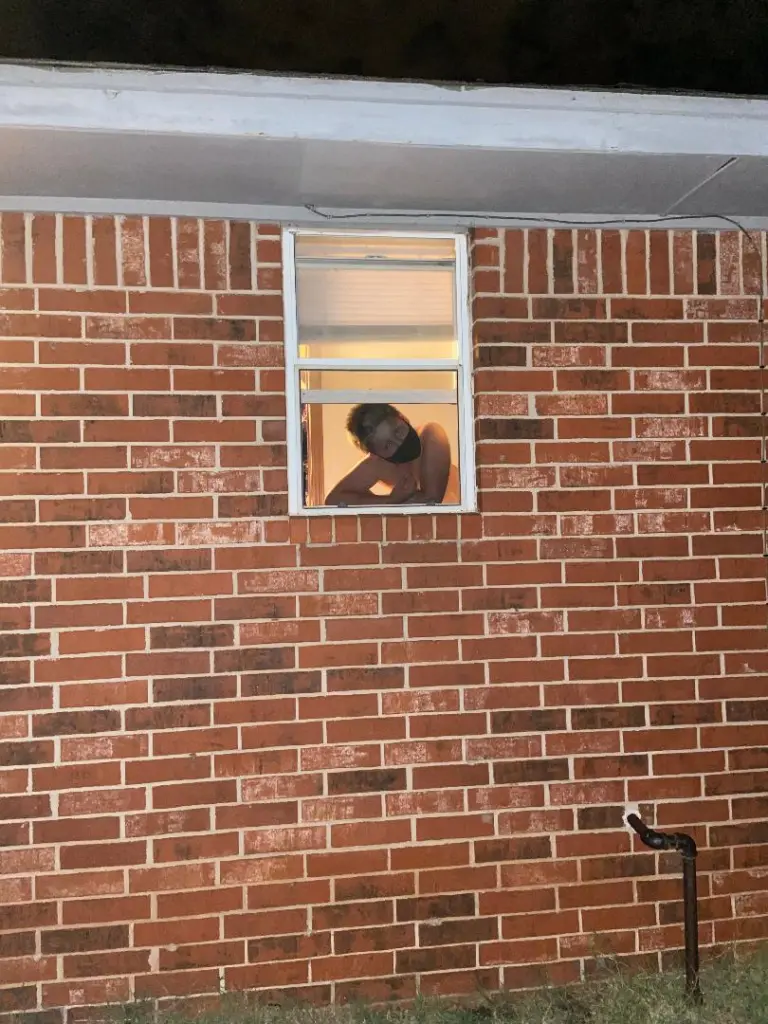
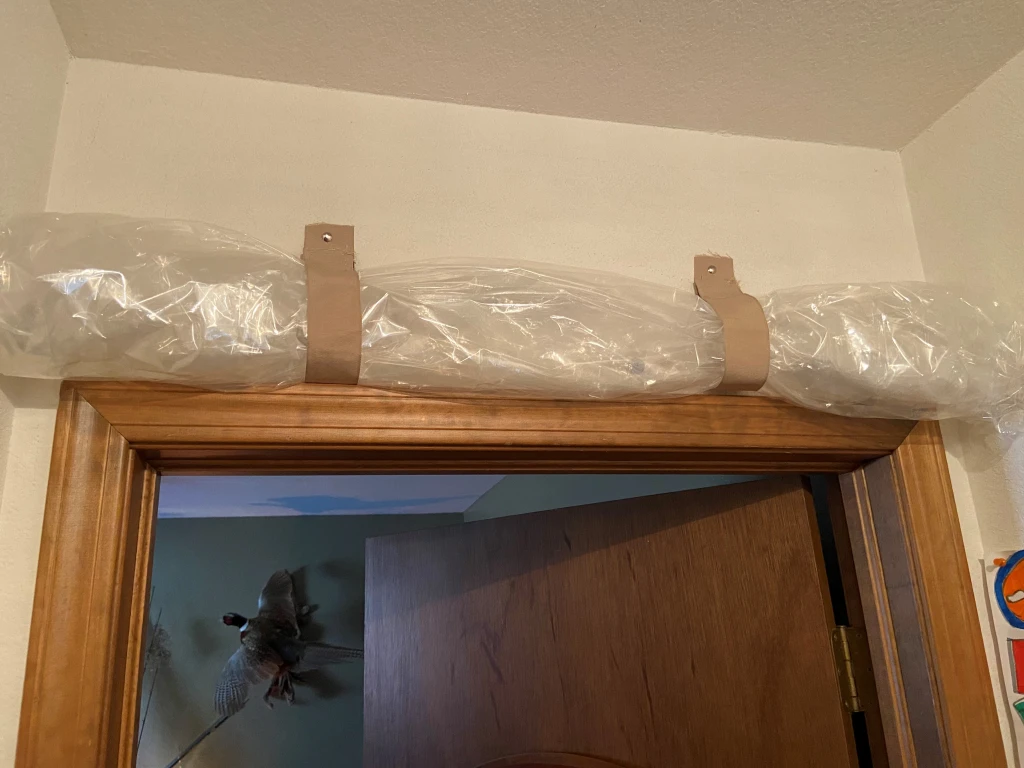
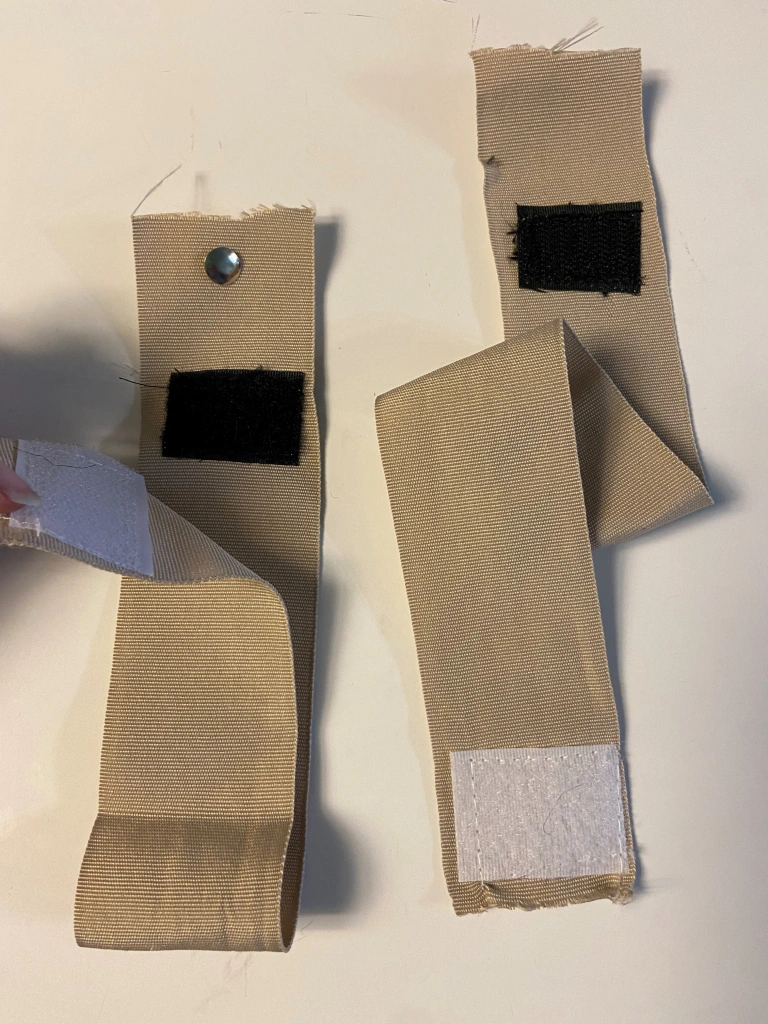
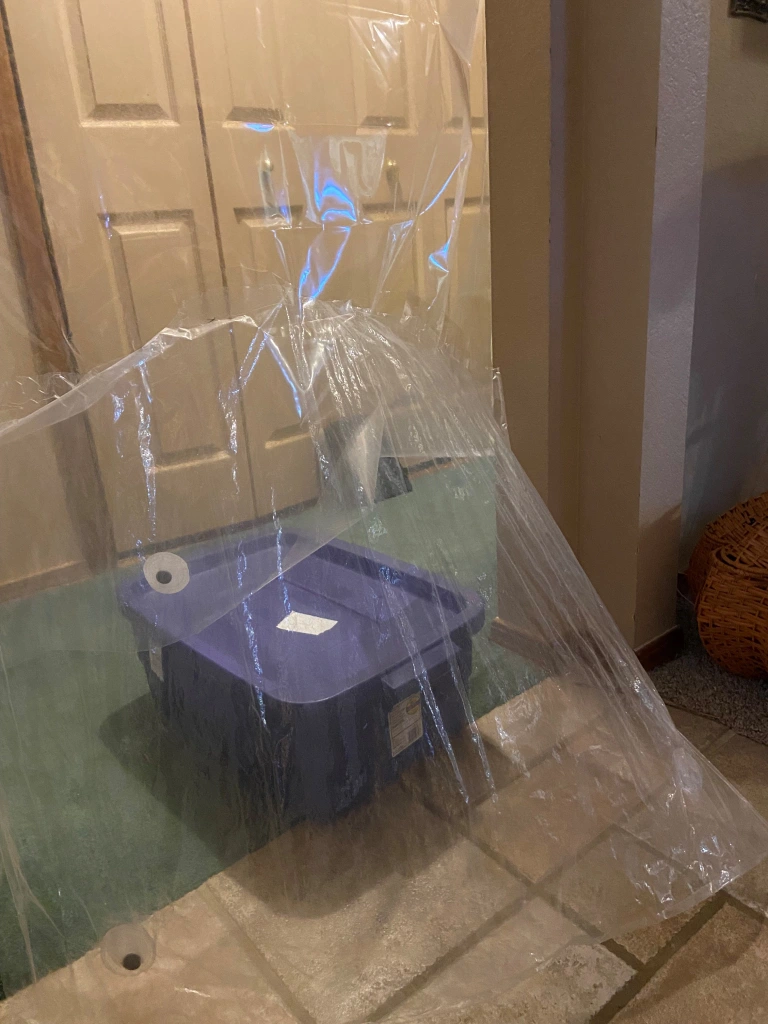
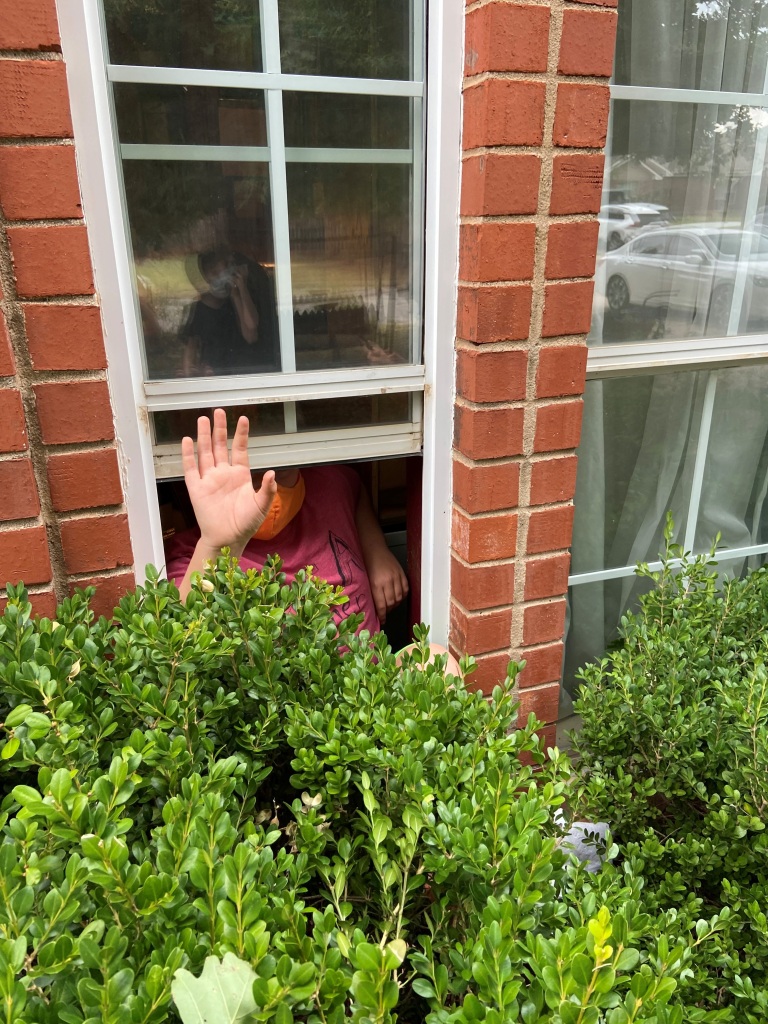



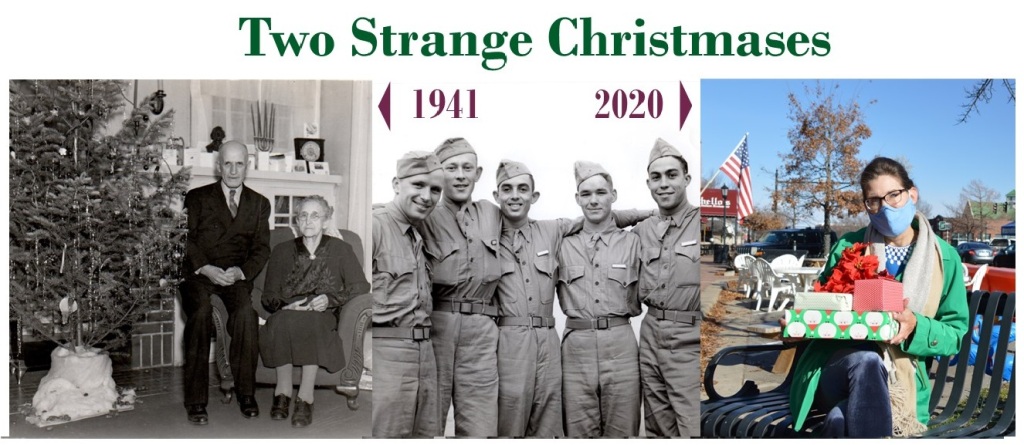



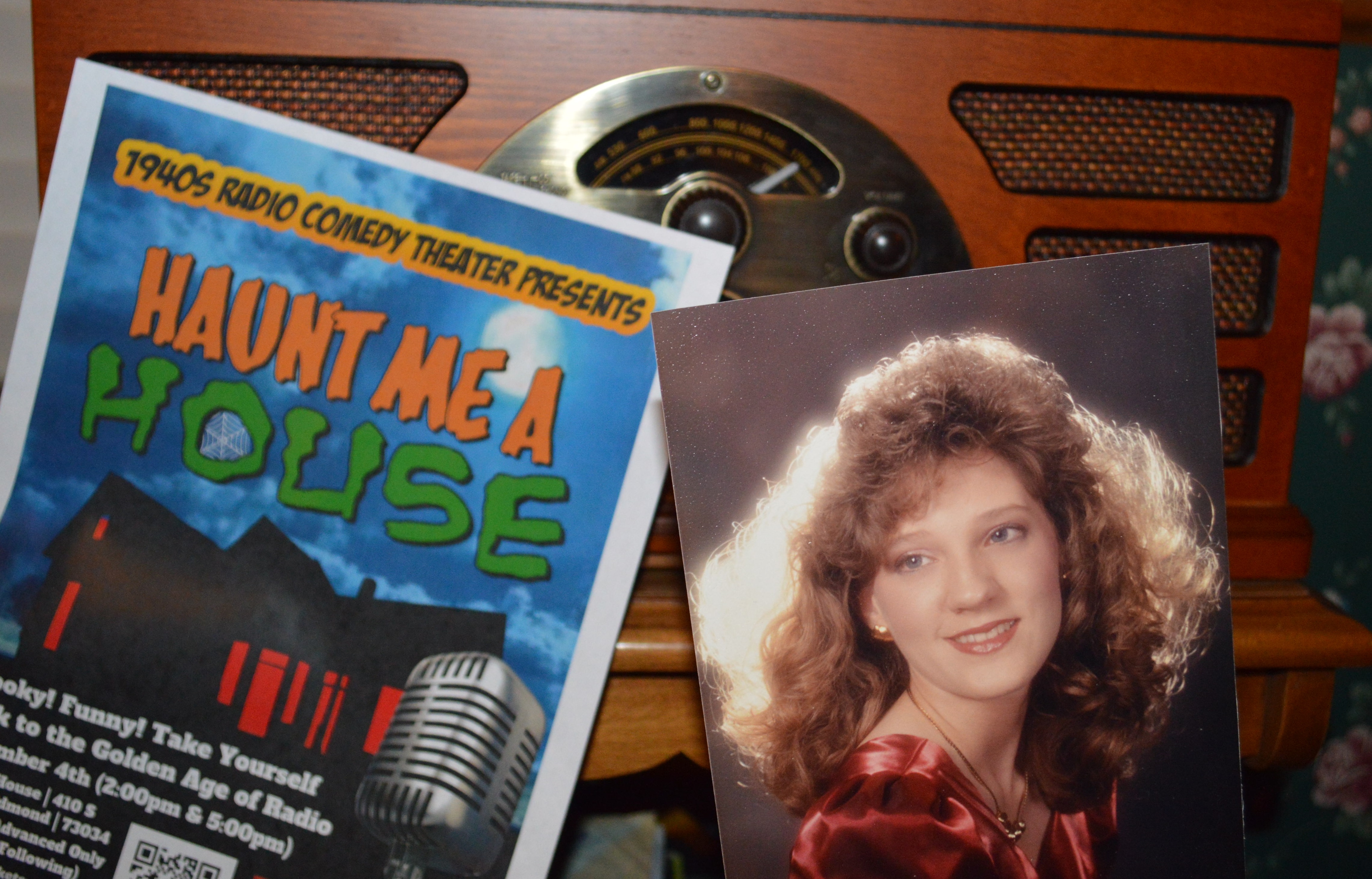

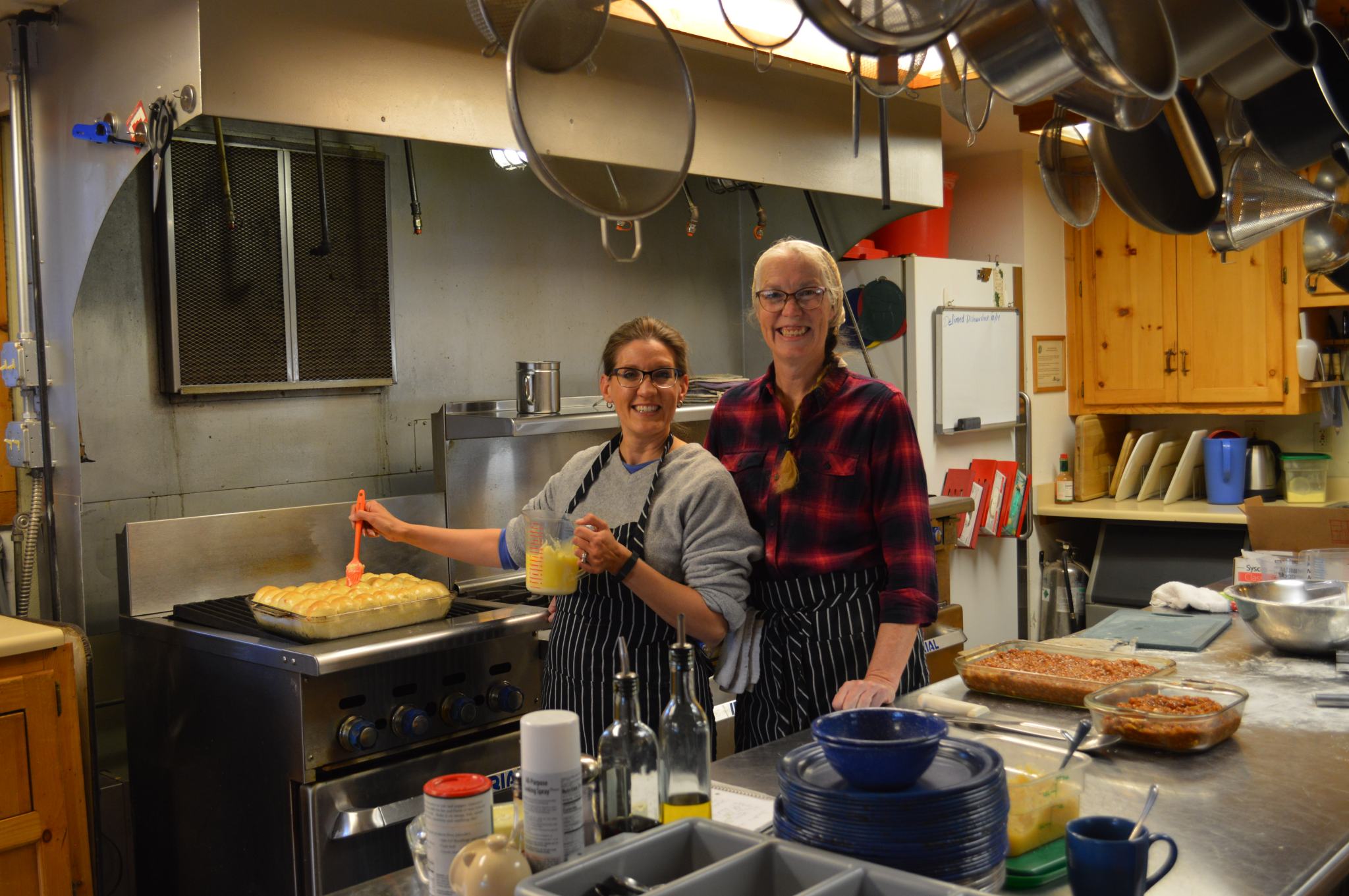
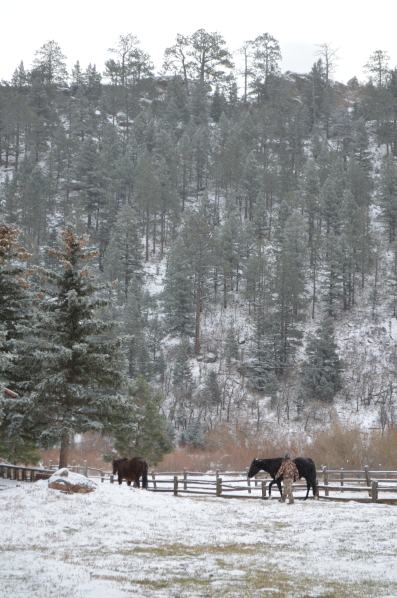
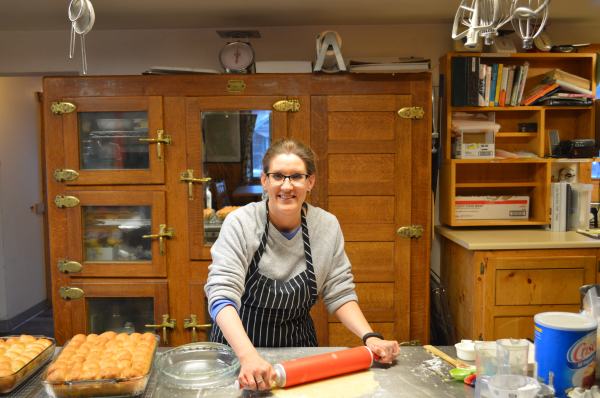
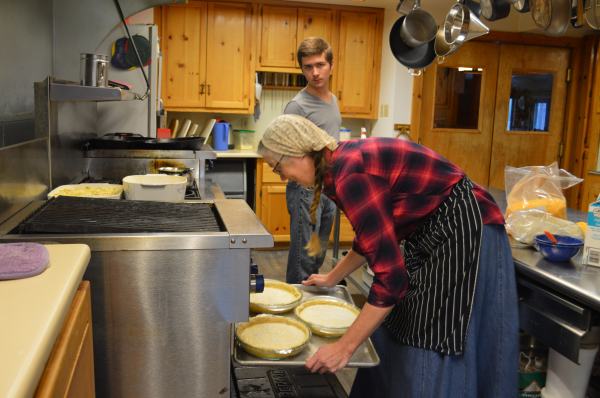
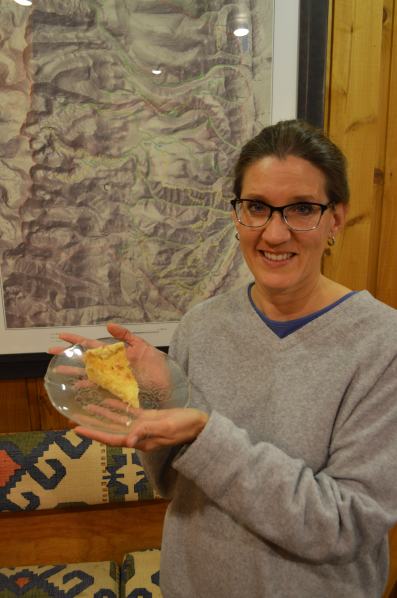
 Since March, we’ve been caretakers of a 2-inch Mississippi Map Turtle, creatively named Turtle. He lives in a fish tank and has had a variety of fish/tadpole/snail roommates (largely depending on what the boys find in the creek).
Since March, we’ve been caretakers of a 2-inch Mississippi Map Turtle, creatively named Turtle. He lives in a fish tank and has had a variety of fish/tadpole/snail roommates (largely depending on what the boys find in the creek). That evening, we repeated our turtle hunt to no avail. Feeling like terrible pet owners, we set a space heater and a tray of water on the kitchen floor in hopes that he would seek the water and warmth overnight. No turtle. So the next morning, the deep cleaning began–which included pulling out furniture, clearing the closets, more flashlight tours, and taking apart the boys’ bedroom. No turtle.
That evening, we repeated our turtle hunt to no avail. Feeling like terrible pet owners, we set a space heater and a tray of water on the kitchen floor in hopes that he would seek the water and warmth overnight. No turtle. So the next morning, the deep cleaning began–which included pulling out furniture, clearing the closets, more flashlight tours, and taking apart the boys’ bedroom. No turtle.
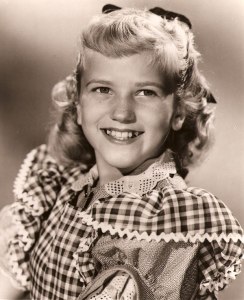
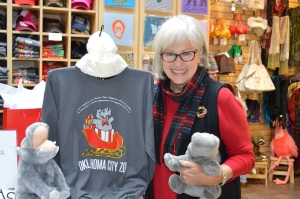

 “You’re glowing today.”
“You’re glowing today.”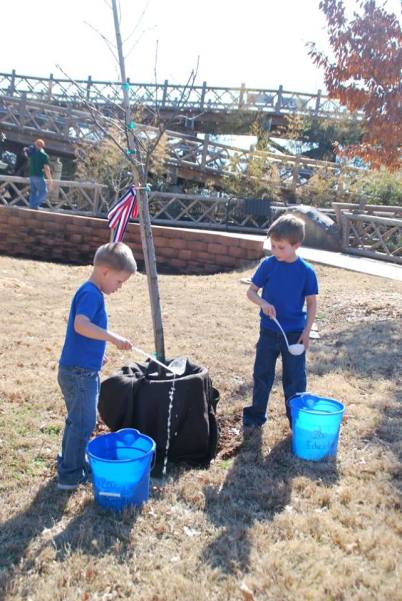

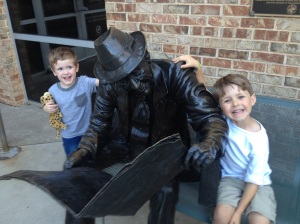



 Back in the 1940s, Vivien developed a technique that is still saving thousands of babies born with low oxygen, sometimes called “blue baby syndrome.” But decades passed before he received any credit for his discovery. After all, he was only a research assistant.
Back in the 1940s, Vivien developed a technique that is still saving thousands of babies born with low oxygen, sometimes called “blue baby syndrome.” But decades passed before he received any credit for his discovery. After all, he was only a research assistant.